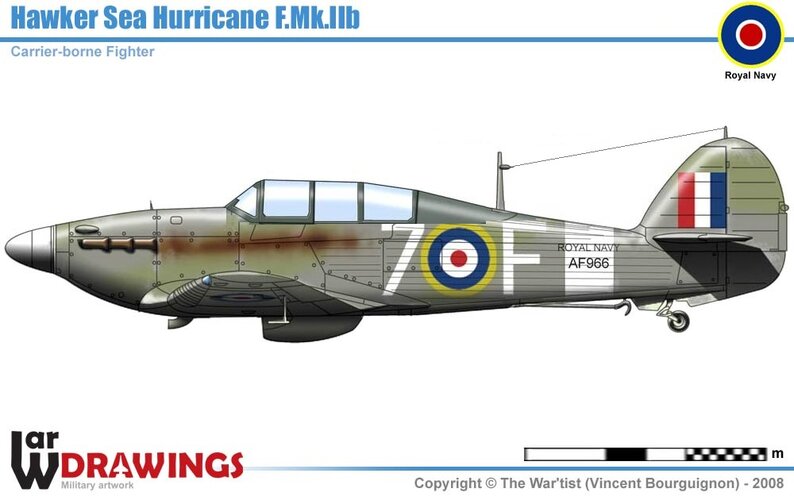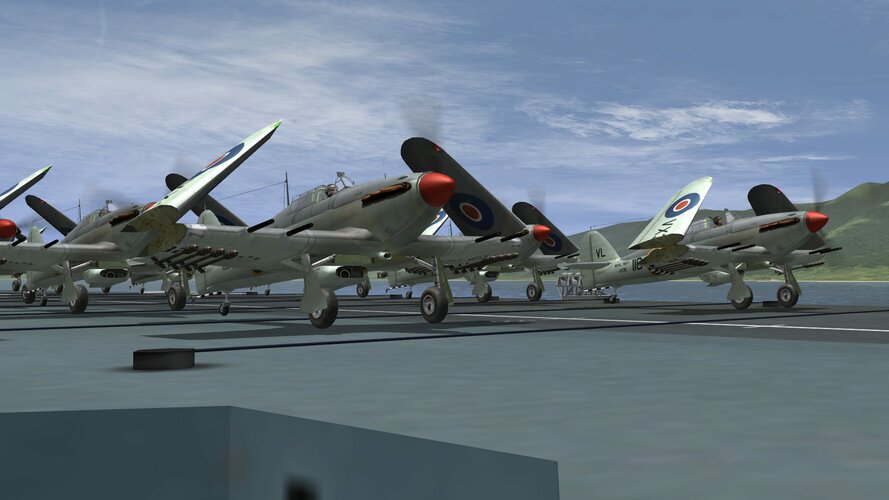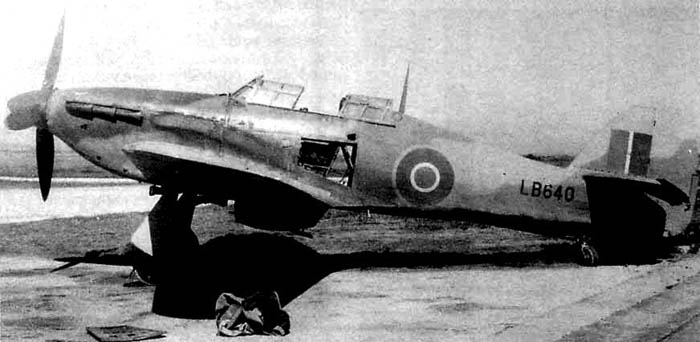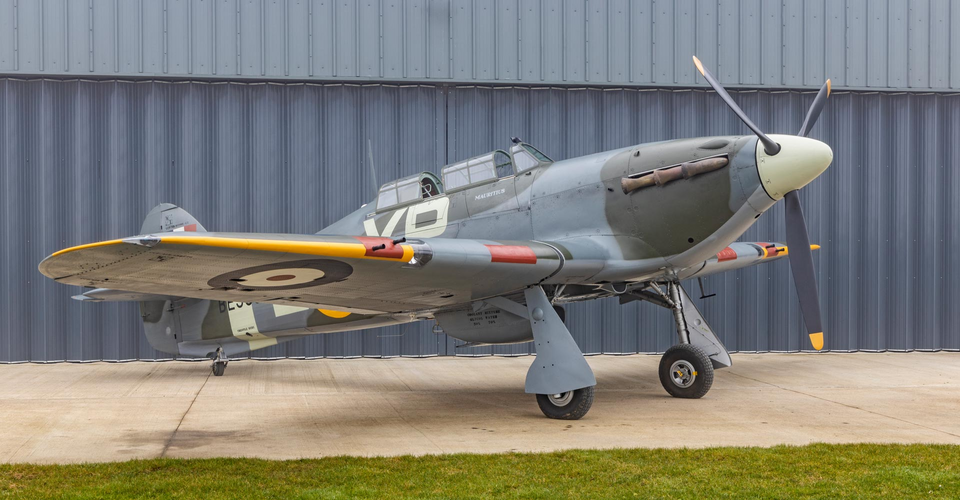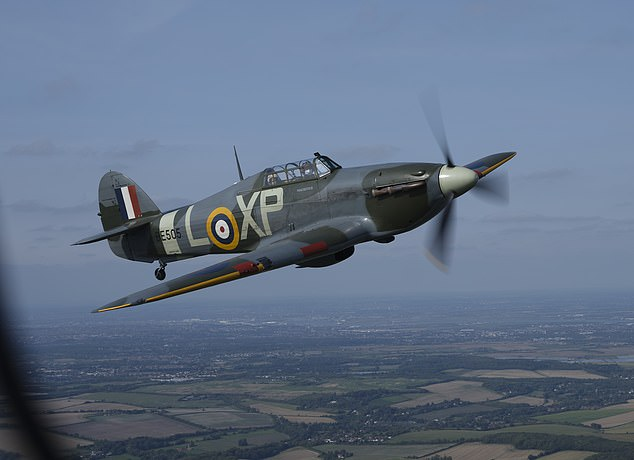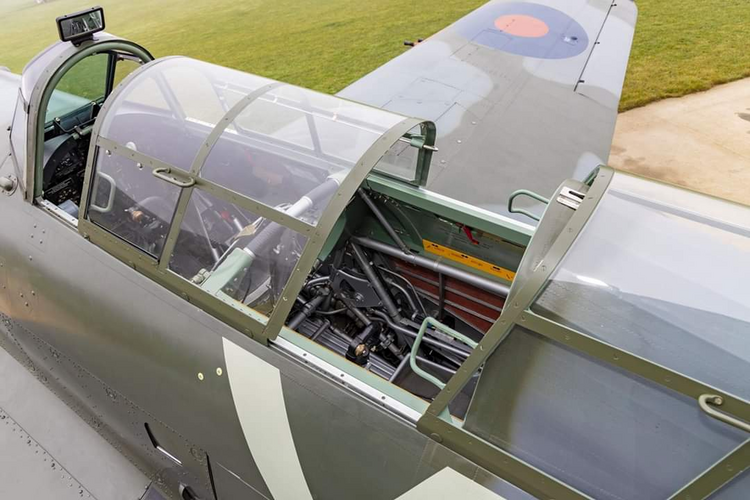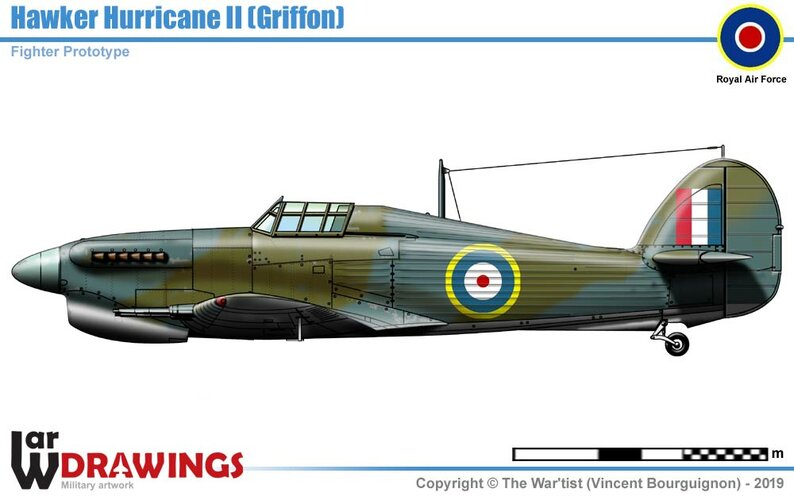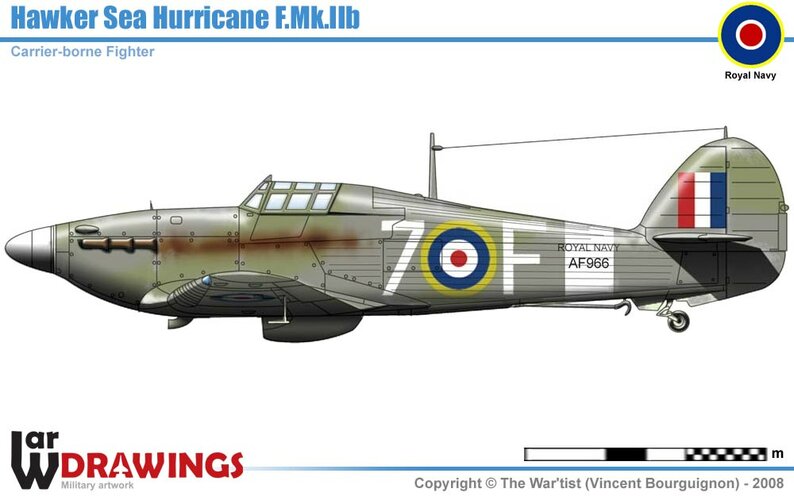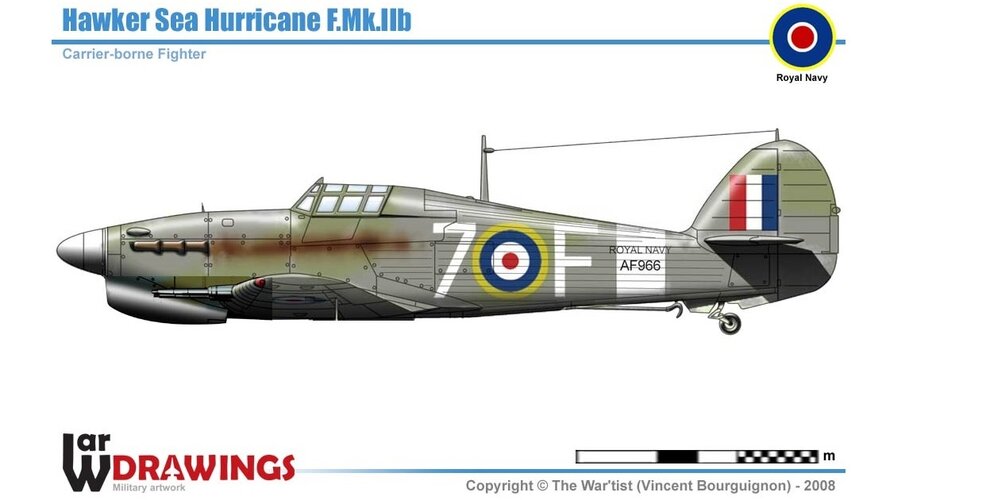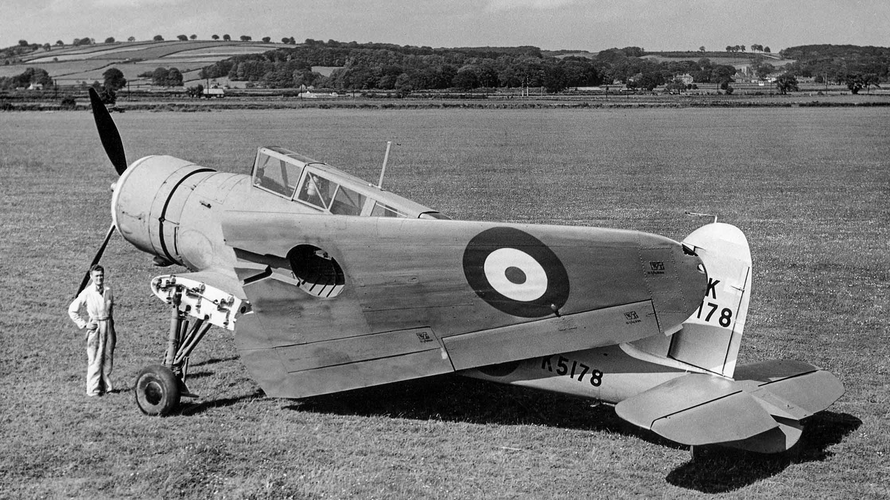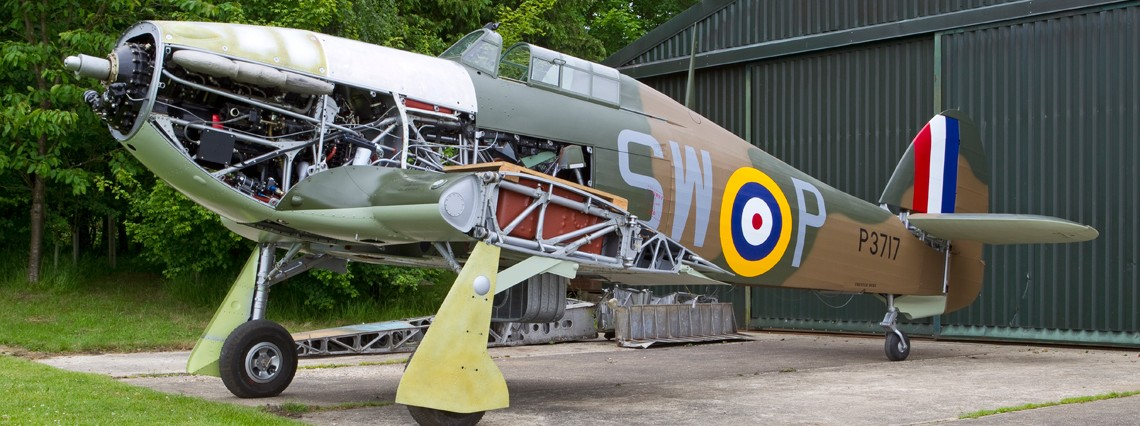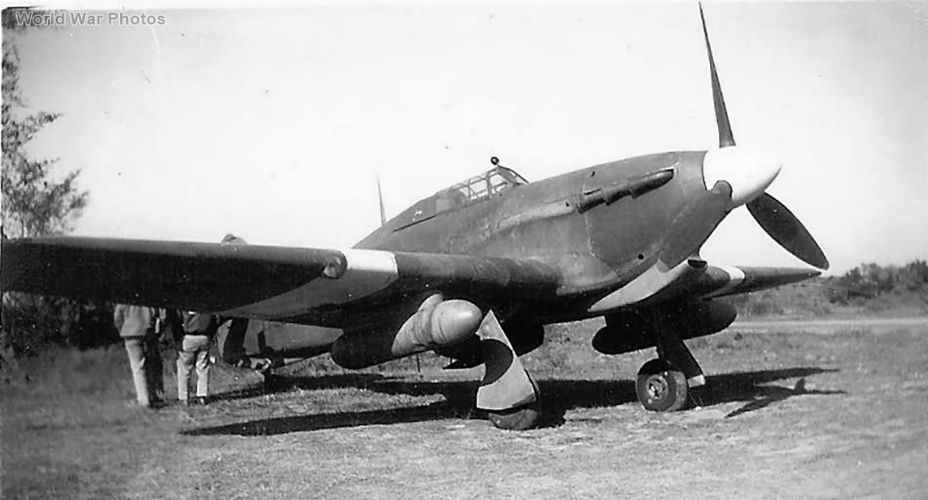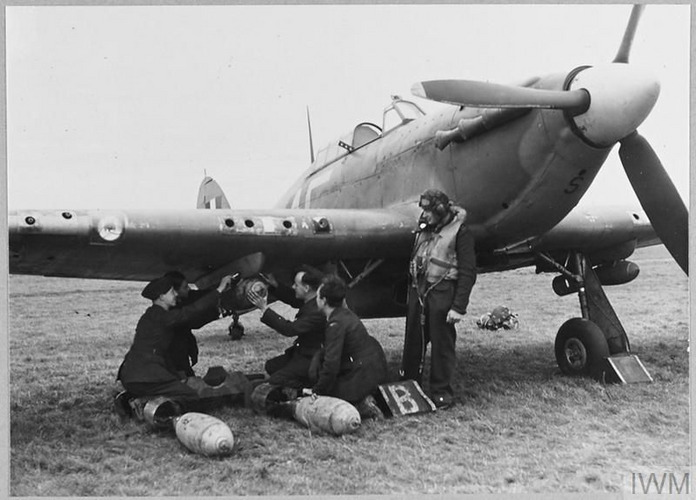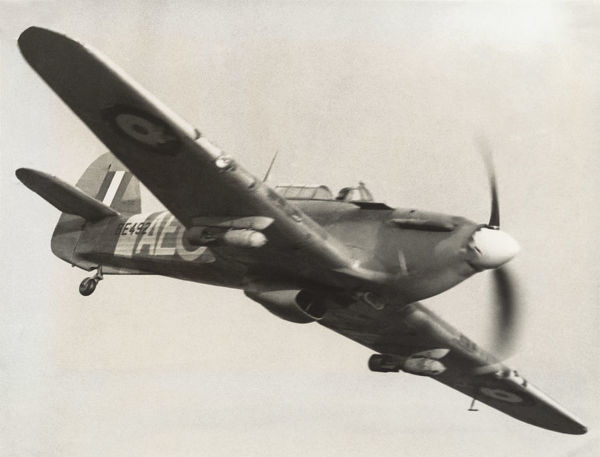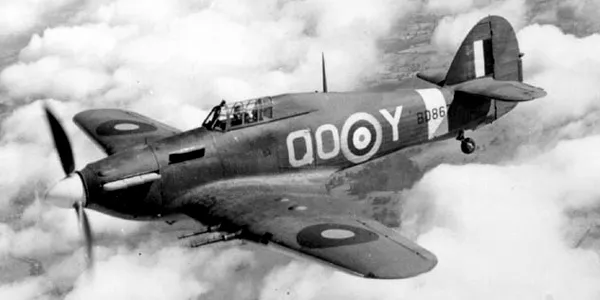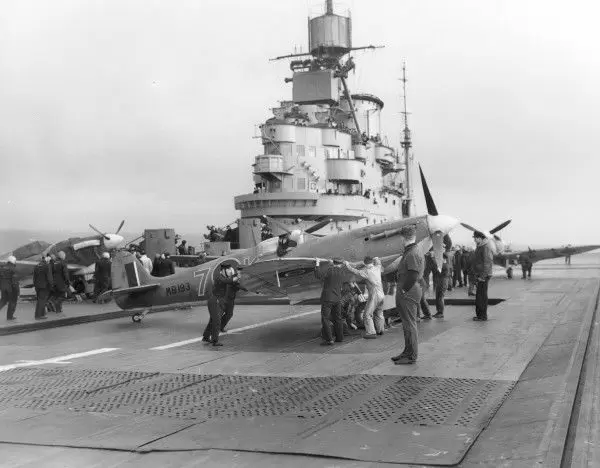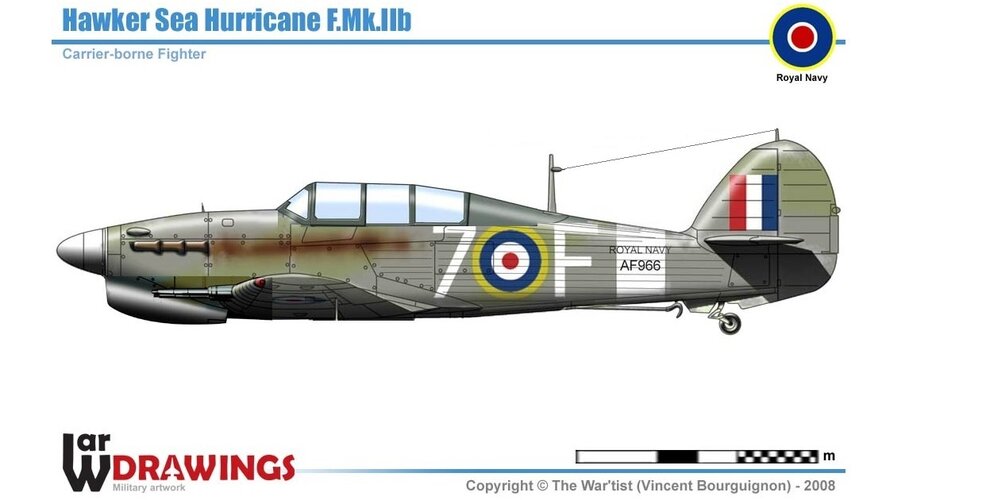One thing that has to happen, don't let them add a torpedo to the Firebrand and maybe keep it with the Griffon and leave the Sabre for a Mk II version.
Hopefully the Firebrand never happens.
If I remember correctly from Norman Friedman's British Carrier Aviation (and I'm prepared to be proved wrong on this point) the specification that produced Firebrand was written to prove that it was the Admiralty's range and payload requirements were the cause of the poor performance of British naval fighters and not the second crewman.
Well the conclusion reached following submission of the various paper proposals in Jan 1940, according to Friedman (p208), was that it “showed”, rather than “proved”, that a second seat cost about 25mph airspeed. But that was not what the Admiralty had in mind nor set out to achieve when it drew up the specs in the first place.
In 1939 the RN began to look for a Skua replacement as a single engined two seat fighter as an escort fighter, then being the main role for RN fighters. At the same time it sought a turret fighter as a Roc replacement. These were N8/39 and N9/39 respectively. The intention was that they should be based on the same basic airframe. The submissions when received were disappointing so everyone was asked to re-tender. That was around Dec 1939.
But around the same time the RN discovered it had to undertake a new role, defence of its bases like Scapa Flow as the RAF didn’t then have the necessary resources. It also found its existing fighter aircraft were not fast enough to catch the intruders. So it was facing many challenges.
So thoughts began to turn to a “special purpose fighter” with a pared back spec - single seat, shorter range etc, being the only way to get increased speed. But it was still intended that it should be carrier capable with all the restrictions that that implied re take off/landing distances, stalling speeds, dimensions etc.
So in Dec 1939 word of the change of mind leaked out and the aircraft companies had to seek clarification of what the RN was now actually seeking. As a result, the turret fighter requirement was dropped, and they were asked to tender for two types:-
1. A two seat fixed gun fighter and
2. A single seat fixed gun fighter.
But the intention still seems to have been to base both types on the same basic airframe. So, for example Fairey tendered both single and twin seat aircraft with either Griffon or Sabre engines to spec N9/39. I suppose it made sense to someone to still base both types on the one airframe given the relatively low quantities required for RN use.
At the tender conference in Jan 1940, only one month later, the aircraft companies were asking why all this had not been thought about earlier and the RN was putting it down to war experience already showing that the pre-war spec sought was inadequate and higher performance was required even for the two seater. A distinct change in Admiralty policy. But it also highlighted just how rushed the whole process had become, especially with the single seat version. It must also have been a difficult meeting as there were 7 companies involved with multiple entries for one and/or other spec submitted and to be considered.
A decision was needed fast, so the Result was that the Fairey Griffon powered two seat design was chosen to fulfill one slot (becoming the Firefly in due course) and “...the Blackburn design with Hercules HE6M engine had valuable features which should be tried and an order for twenty-five aircraft was placed. (This became the Blackburn Firebrand).” (Quote from Fairey Firefly by W Harrison). That Blackburn design even had a fixed undercarriage per Friedman, which shows just how far it was from the Sabre engined retractable undercarriage aircraft that finally emerged a few months later in June 1940 to fulfill the new spec N11/40.
Around the same time it was agreed to extend Fulmar production beyond that originally envisaged, and to seek a navalised Spitfire as an interim aircraft for the single seat role. Then we get into the whole availability question, orders for Martlets etc.

